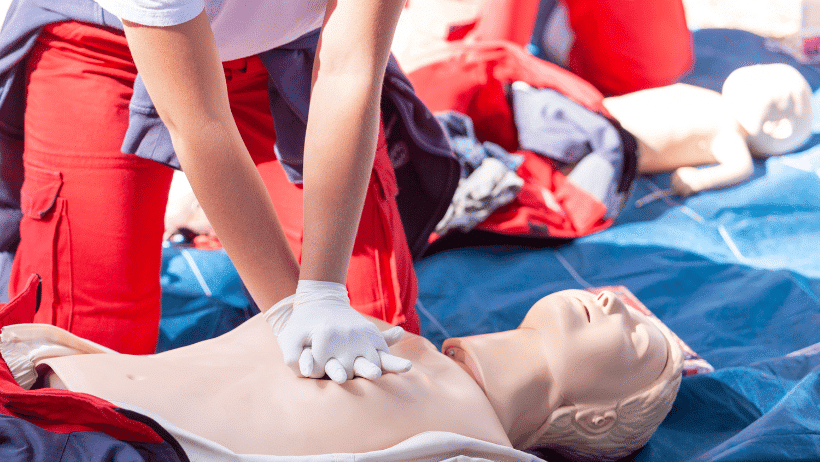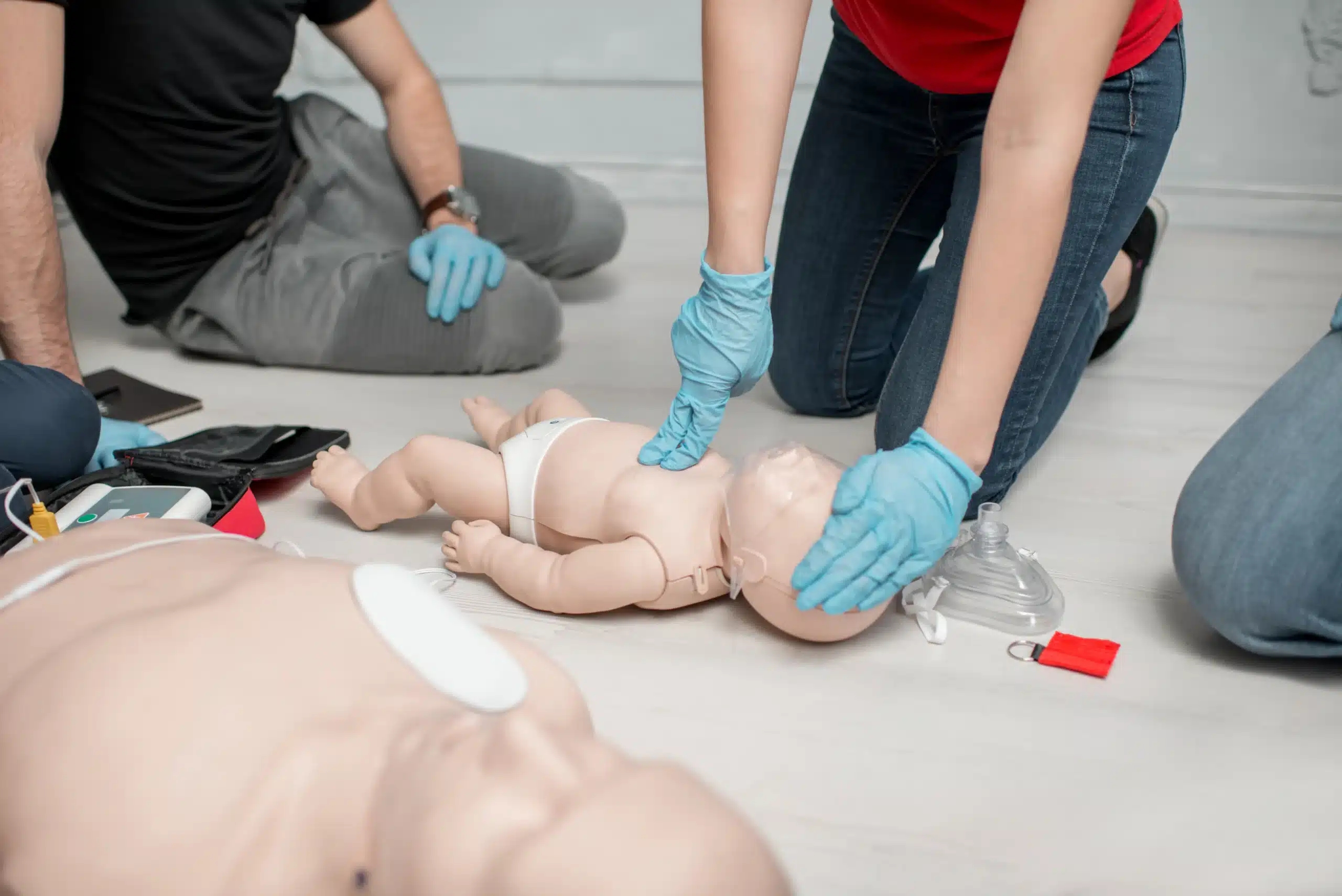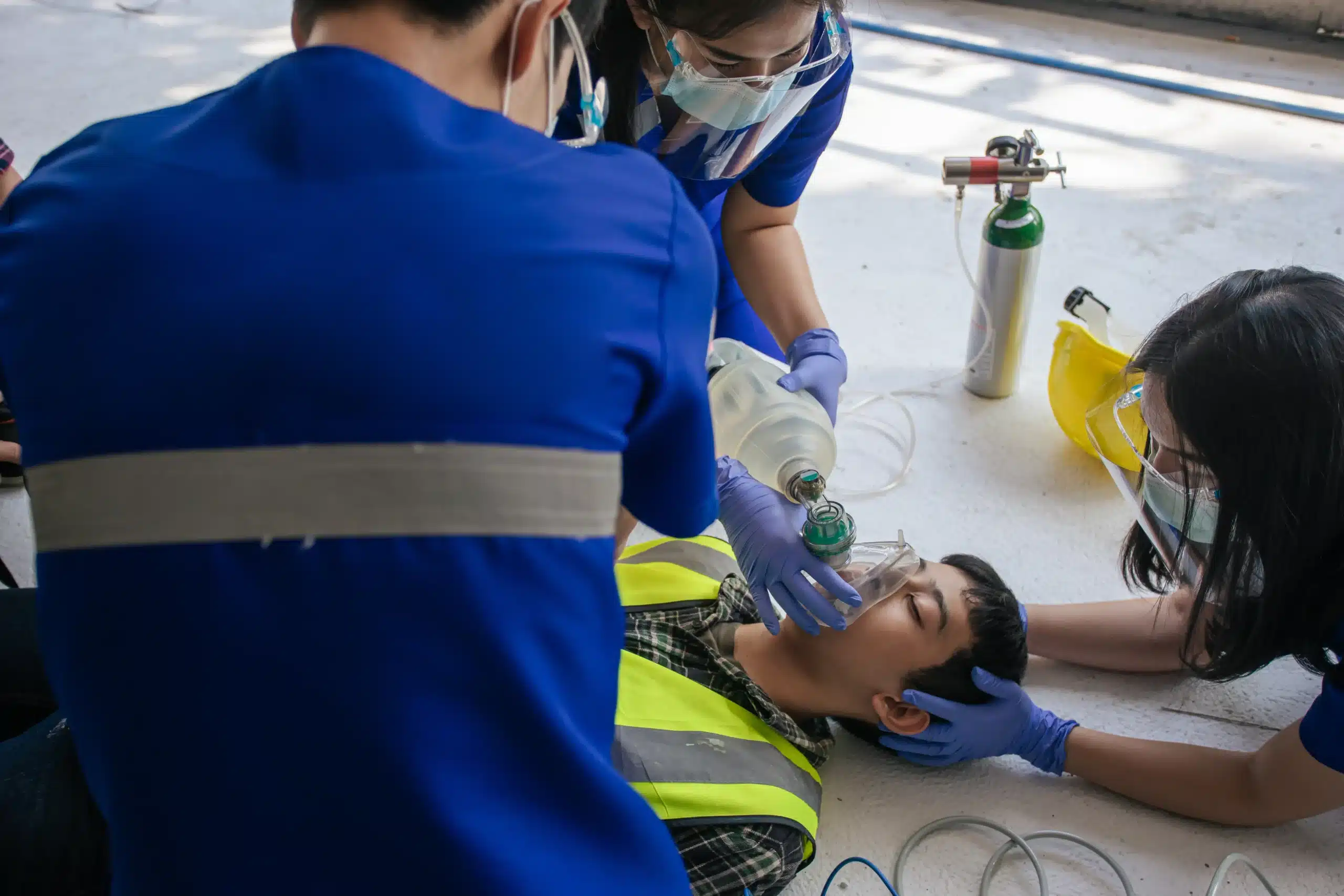Introduction – The Science Behind Effective CPR
Cardiopulmonary resuscitation, better known as CPR, is a crucial emergency procedure that can mean the difference between life and death. This vital process, performed on people who have stopped breathing or whose hearts have ceased to function, is not just about chest compressions and rescue breaths. There’s a science to performing effective CPR, and understanding this can dramatically improve survival rates.
The Physiology of CPR
The human body is a complex machine, and its functionality depends on a constant supply of oxygenated blood. When the heart stops beating, the blood flow ceases, depriving the body, especially the brain, of oxygen. This triggers a chain of events leading to cellular death, and subsequently, organ failure. CPR essentially acts as a manual heartbeat, pumping blood and keeping the body alive until medical help arrives.
The Mechanics of Chest Compressions
Chest compressions are a fundamental part of CPR. By compressing the chest, you’re essentially mimicking the heart’s function of pumping blood. The force applied compresses the heart, pushing out blood and allowing it to circulate around the body. When pressure is released, the heart refills with blood, ready for the next compression. It’s a rhythmic process that requires precision and strength.
The Importance of Rescue Breaths
While chest compressions circulate blood throughout the body, rescue breaths play a critical role in oxygenating this blood. When you deliver a rescue breath, you’re introducing oxygen into the person’s lungs. The oxygen then diffuses into the bloodstream, ready to be circulated by chest compressions.
The Ratio of Compressions to Breaths
The American Heart Association currently recommends a ratio of 30 compressions to 2 rescue breaths for adults. This ratio provides a balance between oxygenating the blood and circulating it around the body. Too many compressions without adequate breaths can starve the body of oxygen, while too many breaths can interrupt the circulation of blood.
The Significance of Depth and Rate in Compressions
The effectiveness of CPR doesn’t just hinge on the correct ratio, but also on the depth and rate of compressions. Compressions should be at least 2 inches deep in adults and delivered at a rate of 100-120 compressions per minute. This allows for sufficient blood flow and mimics the natural rhythm of a healthy heartbeat.
The Role of Automated External Defibrillators (AEDs)
Automated External Defibrillators (AEDs) are devices designed to restore a regular heartbeat by sending an electric shock to the heart. They’re an integral part of resuscitation efforts, especially in cases of sudden cardiac arrest. When used alongside CPR, AEDs can significantly increase the chances of survival.
The Impact of Immediate Action
Time is of the essence when it comes to CPR. For every minute that passes without CPR, the chances of survival decrease by 7-10%. Immediate action is crucial — it preserves the brain function, extends the window for successful resuscitation, and ultimately, saves lives.
Conclusion
CPR is more than an emergency procedure — it’s a life-saving technique backed by science. Understanding the principles behind it enables us to perform more effective CPR, increasing survival rates and giving more people a fighting chance in the face of cardiac emergencies.








